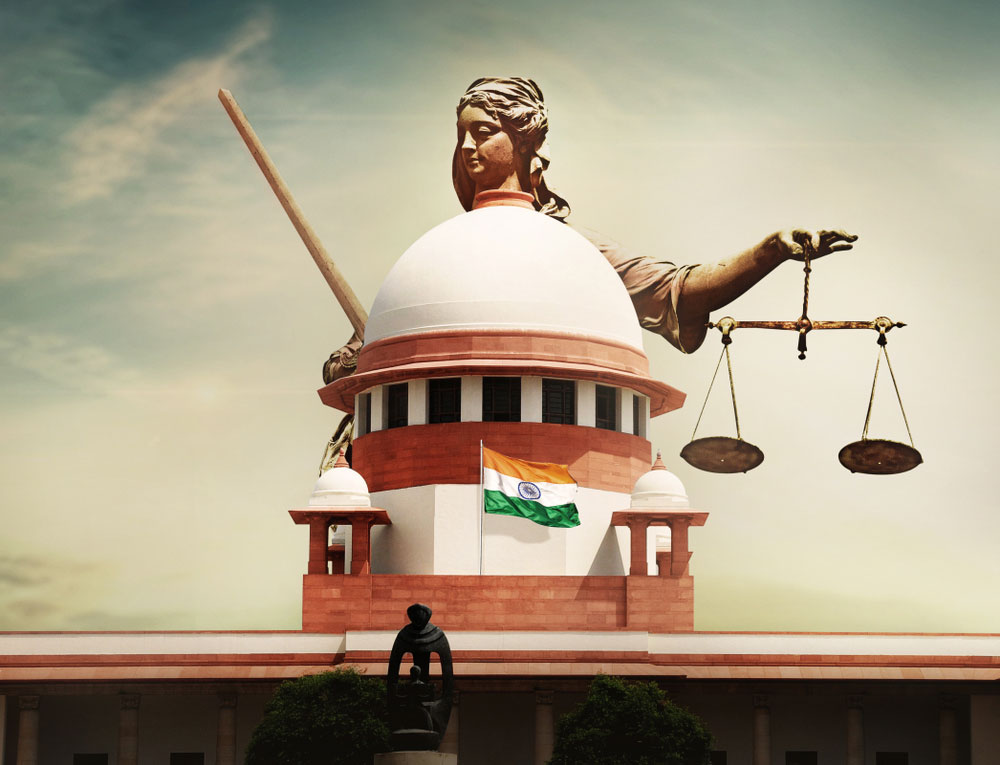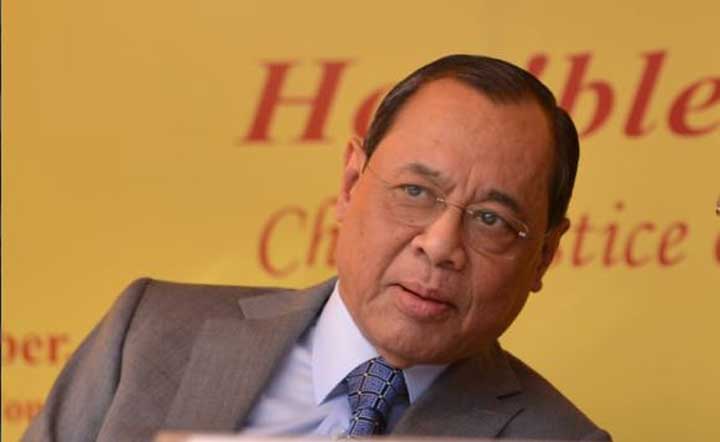An essential facet of a democracy is the ability of its keepers to maintain law and order in a fair manner and grant all citizens the justice that they deserve. It is thus important to evaluate the performance of states in the world’s largest functioning democracy in order to ascertain the degree of success with which they are upholding such fundamental principles. This was the aim of the recently-published India Justice Report 2019, which ranked seven small and 18 large and mid-sized states to determine their progress and drawbacks and to suggest targeted interventions for the points of deficit in the justice delivery system. The findings, however, are not very heartening. None of the Indian states and Union territories managed to score above 60 per cent in terms of its justice delivery across four important institutions: the police, the judiciary, prisons and legal aid. Even Maharashtra, which topped the list — at 5.9 points out of 10 — did not score the highest in any of the four categories, which take into account crucial factors such as budgets, human resources, personnel workload, representation and infrastructure. The fact that even the best-performing state on the index has clear and pressing lacunae in these spheres is telling about the condition of justice delivery.
The tardy pace of the latter can be attributed not just to the large number of vacancies in judges’ posts — according to the report, India has about 18,200 judges, with around 23 per cent of sanctioned posts lying vacant — but also to certain factors that clog up the justice system. For example, in spite of the existence of undertrial review committees, the figures listed in the report regarding the overcrowding of prisons and the sheer number of prisoners awaiting trial are appalling. Not only are jails bursting at the seams at 114 per cent occupancy, but 68 per cent of the inmates are undertrial detainees awaiting investigation or hearings. This shows that the pace of justice delivery in India cannot be measured merely according to the number of people who get results. It is important to take into account this huge section of the population which mostly finds itself outside the ambit of justice on account of its lack of privilege and access to proper legal representation. These citizens fall through the cracks in a formal legal system that has long been plagued by poor infrastructure and antiquated legislations, often owing to the inaction of UTRCs which are mandated to curb overcrowding. Unless fair trial and justice are afforded to all citizens, even the progress of the ‘best-performing’ states will mean little.



